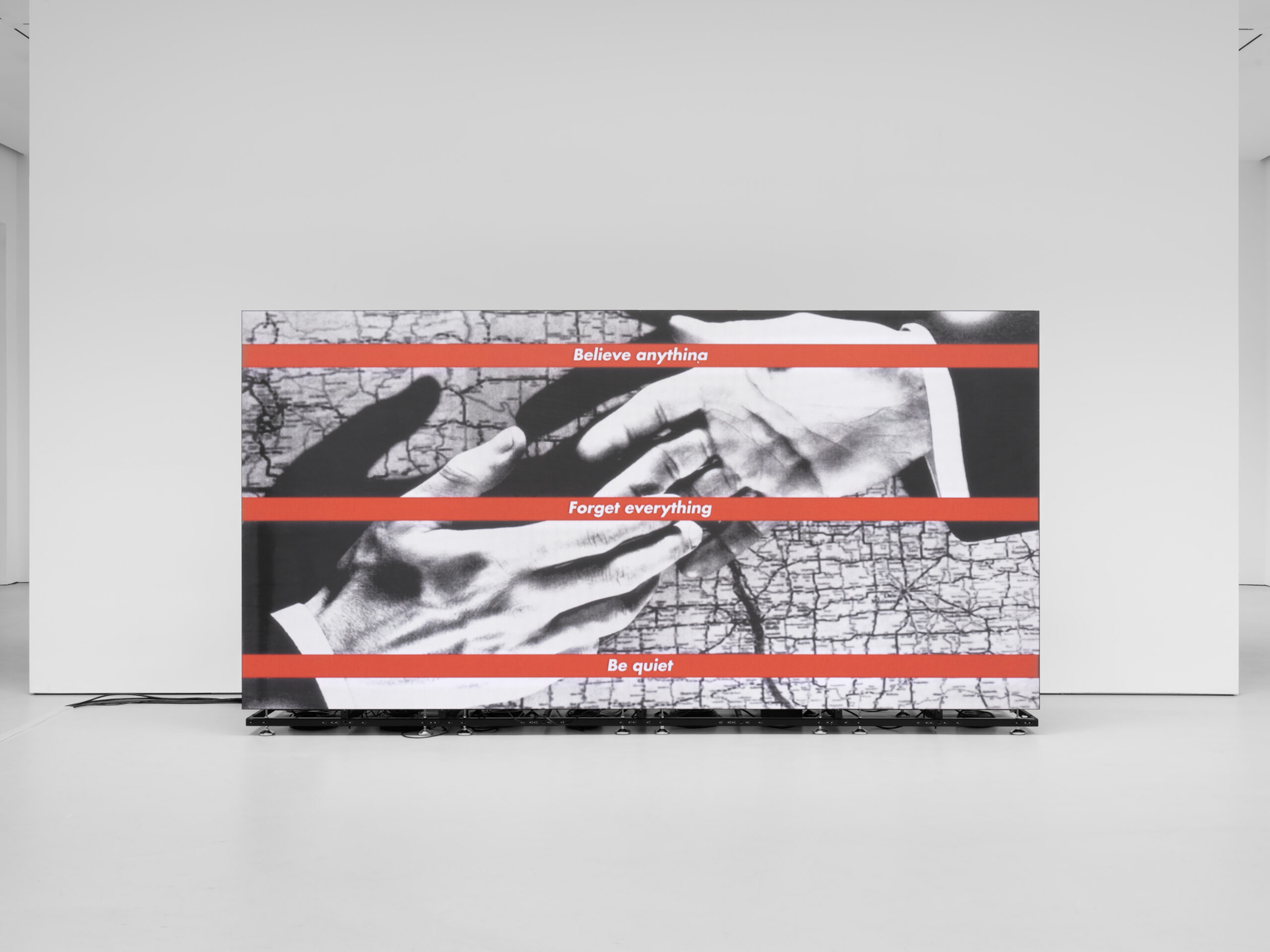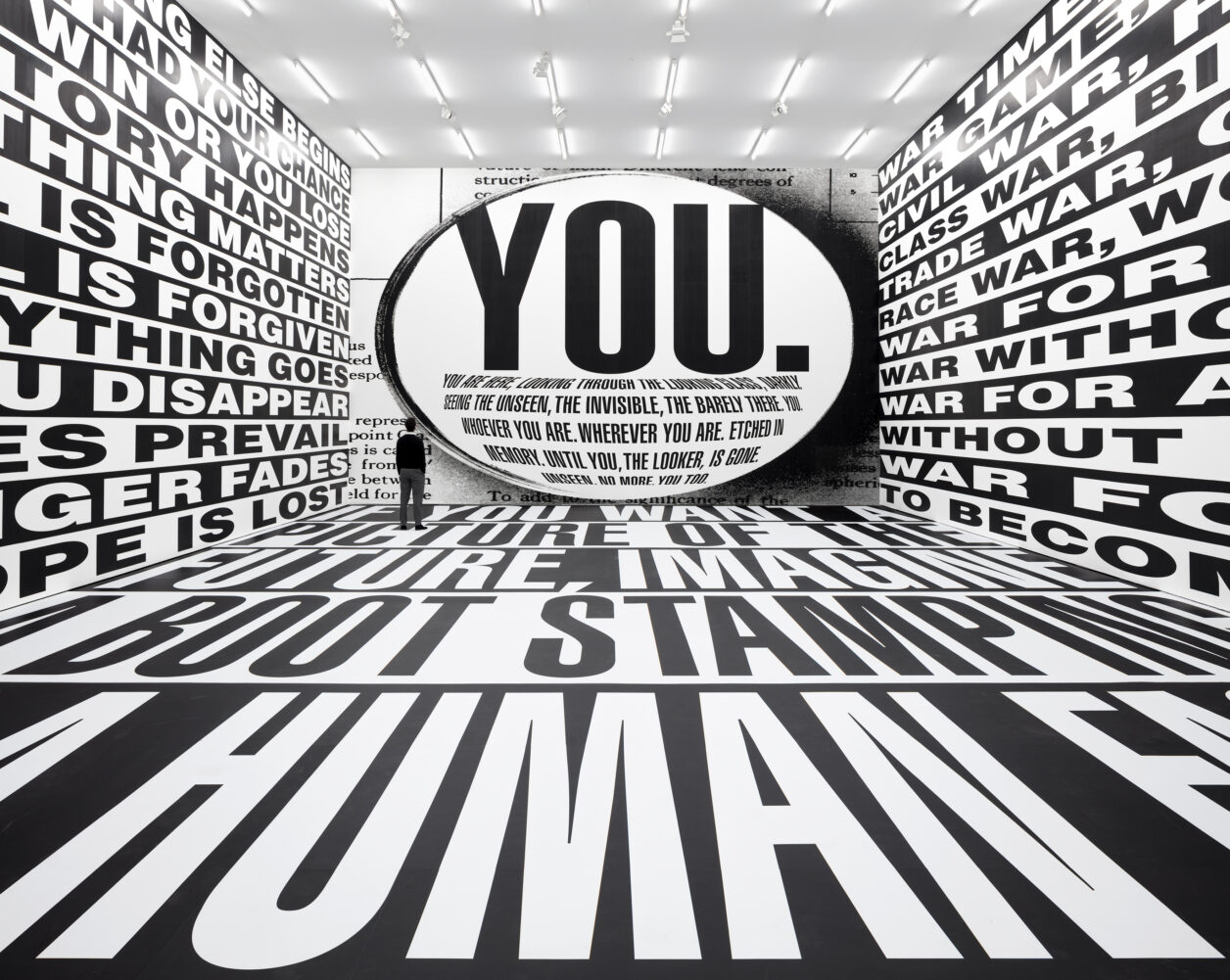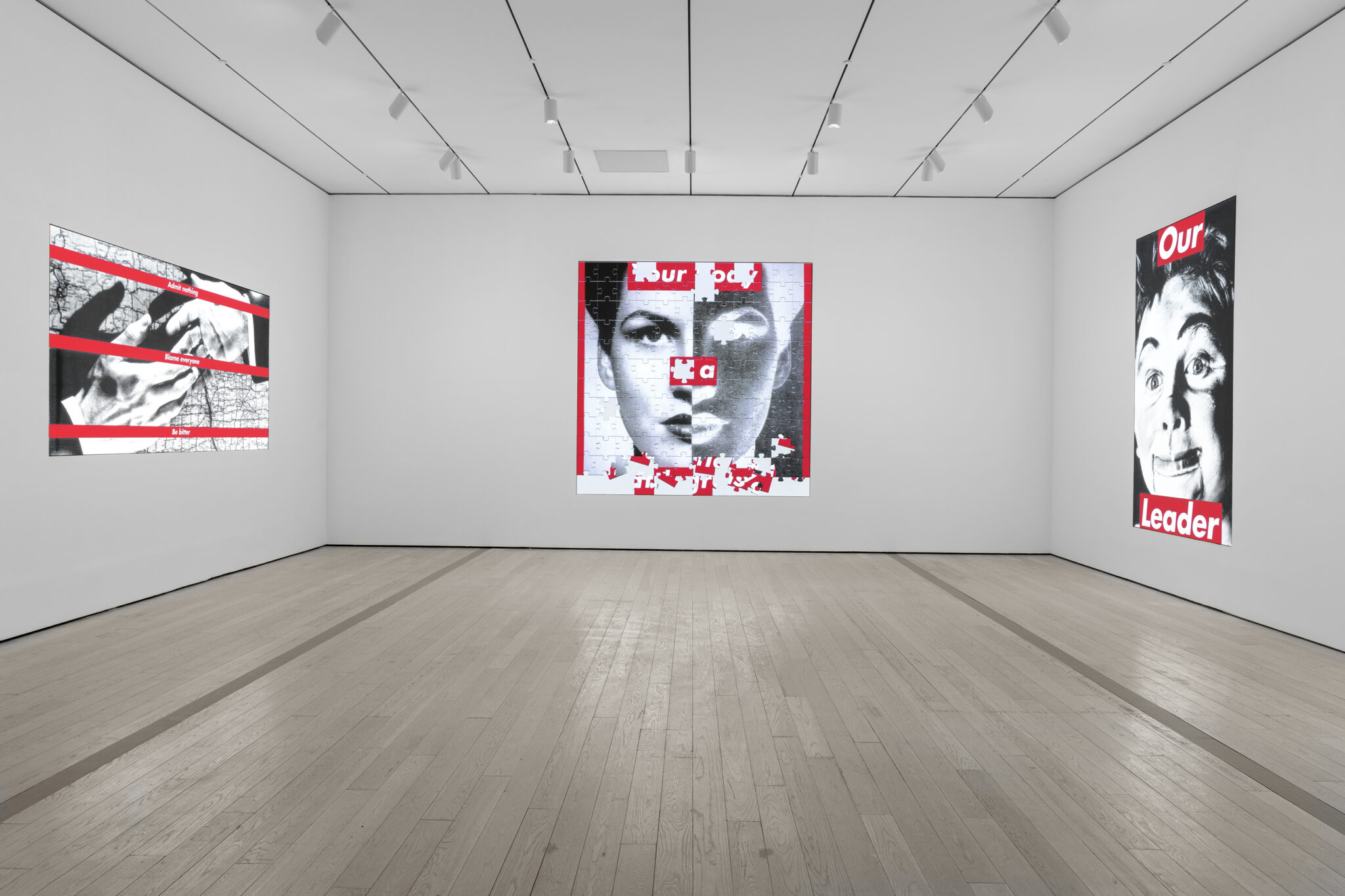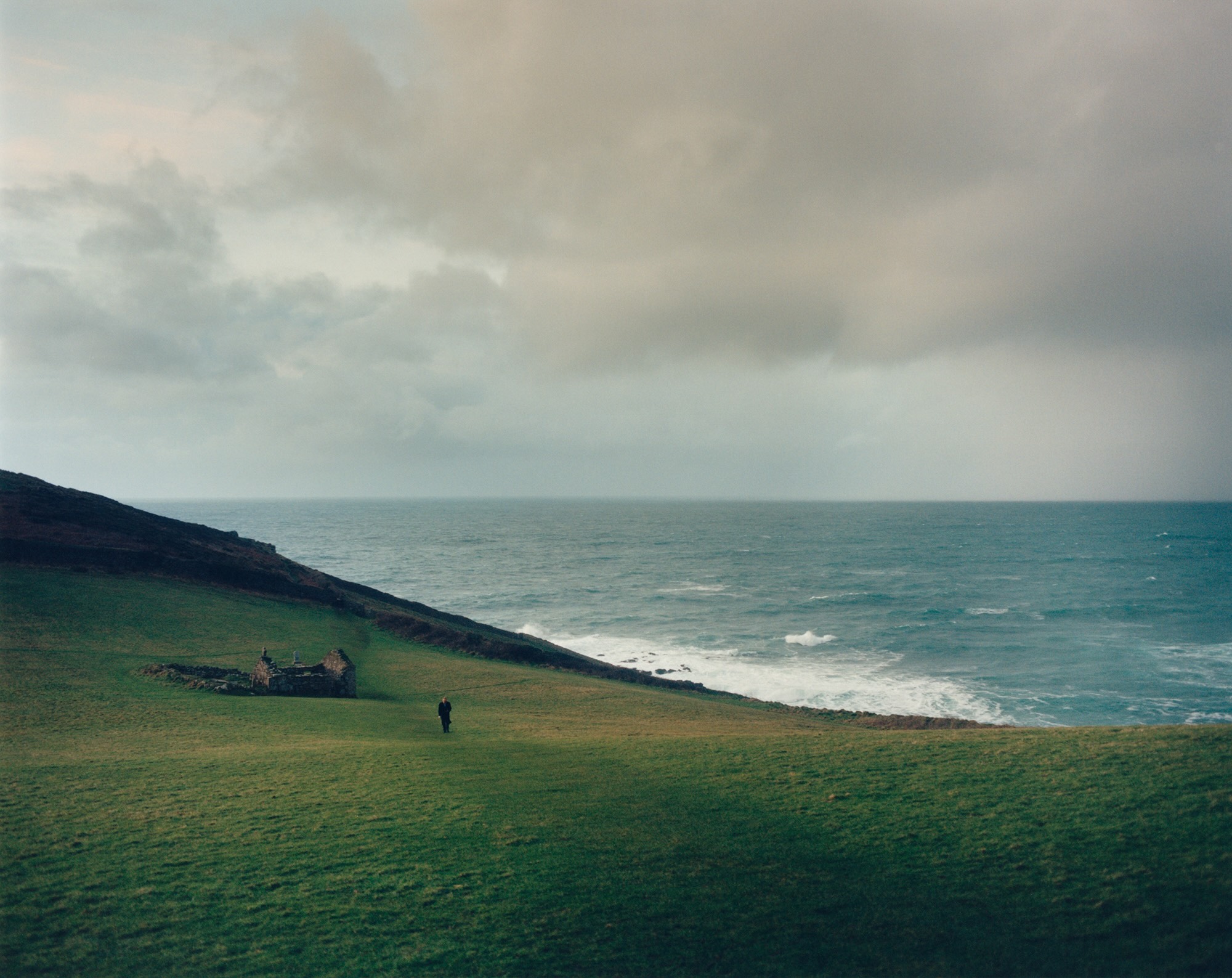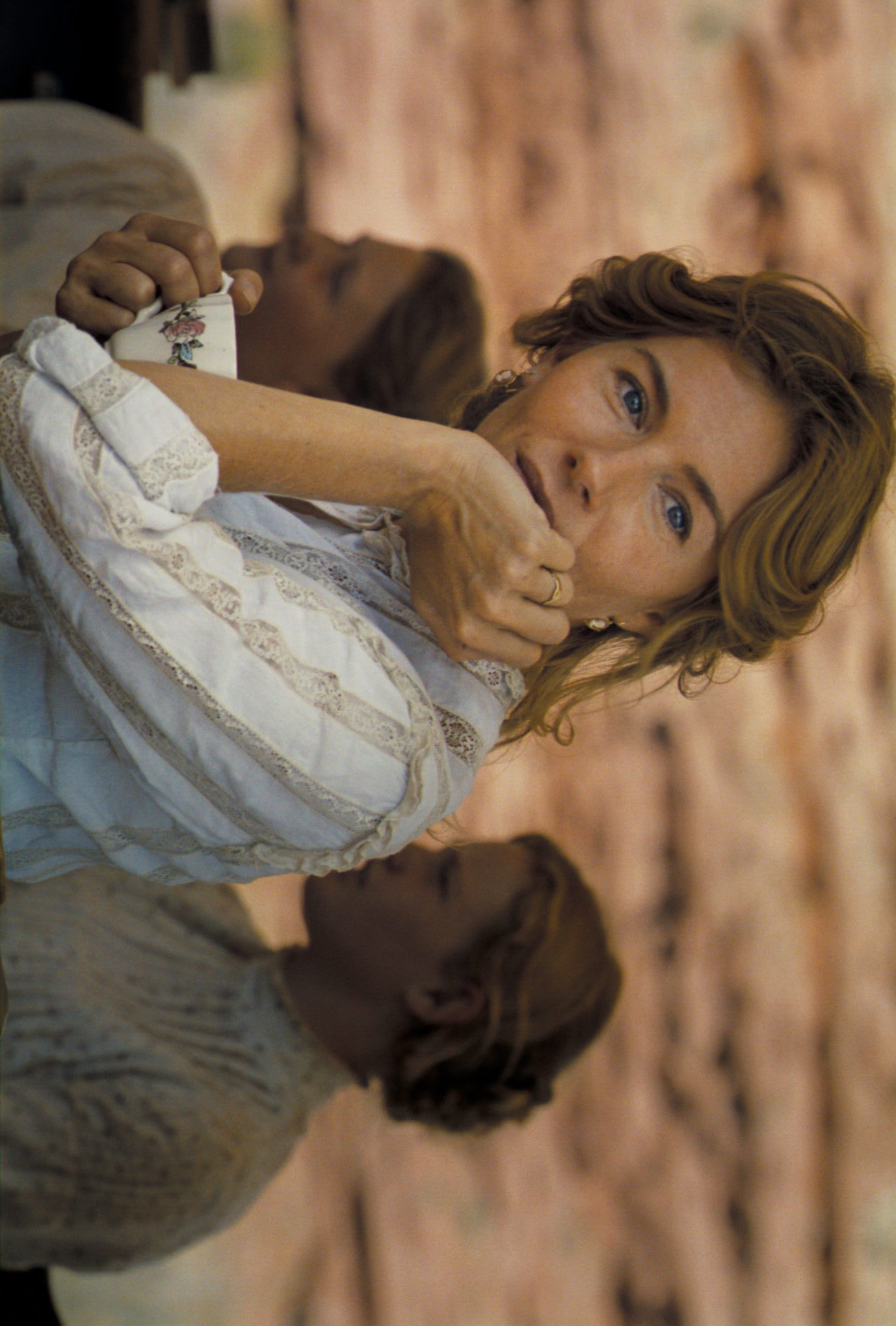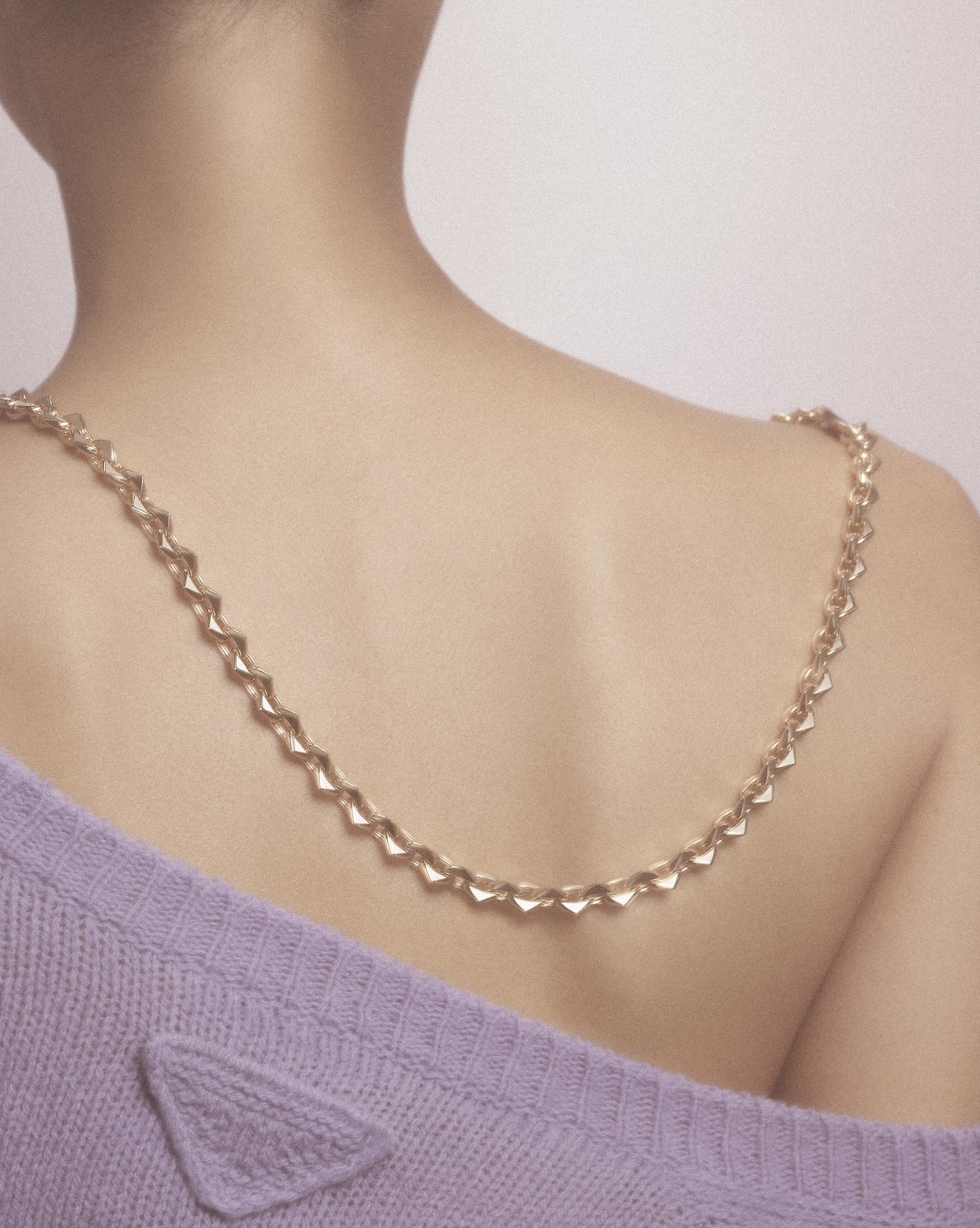Barbara Kruger’s installations speak directly to the viewer by interpellating them with pronouns such as “I,” “you,” and “we”. Sometimes through bold statements her work prompts us to question what we see and hear through traditional media and to reflect on how these messages shape our identities and society. Kruger presents at the Serpentine South in London a skillful combination of images and texts stolen from magazines, television, videos and newspapers. Recognizable for their rhetorical power and visual urgency, the artist’s texts challenge the way we assign meaning to modern visual languages. Between the 1960s and 1970s, Kruger worked as a graphic designer and photo editor for magazines such as “Mademoiselle,” “Vogue,” “House & Garden,” and “Aperture.” Here she developed the graphic sensibility that would later be instrumental in her art practice, in which she uses enlargements of black-and-white photos traced by stringy aphorisms in the fonts Futura Bold Oblique or Helvetica Ultra Condensed, superimposed on red or black bands, in a now-iconic pattern. In the late 1970s, Kruger began making works that examine mass media ideology from a feminist perspective. Over the years, this methodology expanded to include the large-scale enlargement and spatialization of her visual practice through the use of still and moving images. The new Kruger’s installation for The Milk of Dreams adapts to the spatial parameters of Serpentine galleries and includes three single-channel videos. Imploring expressions of command (“PLEASE CARE,” “PLEASE MOURN”) invite the viewer to a direct encounter with the artwork, using the ironically disembodied formula typical of the artist’s practice to call attention to the bowels and droppings of our bodies.

“I try to make works that incorporate the seductions of the culture in which we live, but also make us reflect. Every disjunction, every shift, every confusion with convention can help us recognize the systems of control that surround us. Doubt can be an exercise in self-awareness and criticality.”
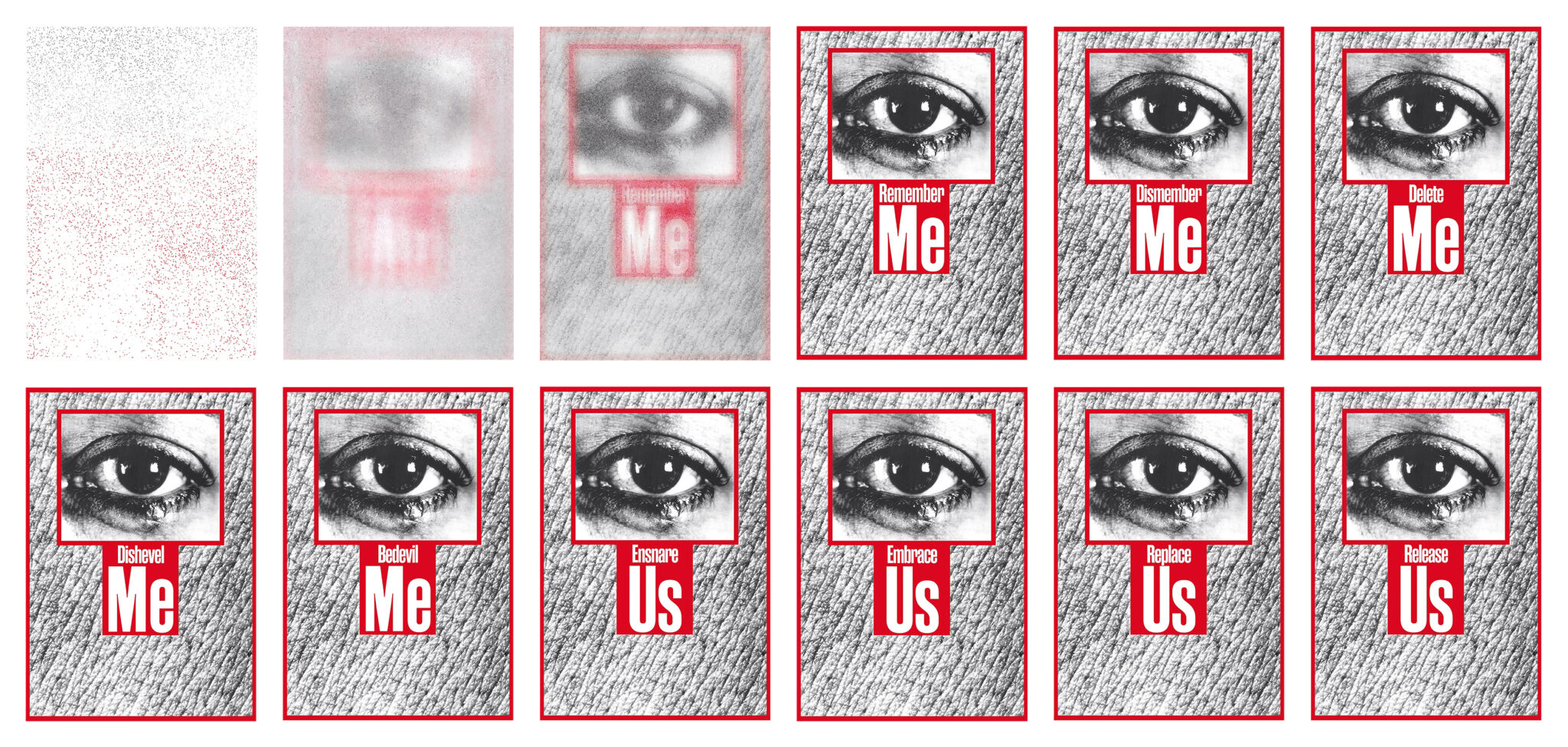
Barbara Kruger is an artist who wants to squeak and who is not afraid to speak her mind; over the past 25 years she has developed an artistic practice that crosses all boundaries of the visual arts and at the same time breaks all their codes. From billboards to postcards, grocery bags to bus shelters, T-shirts to matchboxes, her photo-text montages have taken stock of everyday forms of product sales, appropriating the language of commercial art to address the encroachment of power into our daily lives, revealing the stereotypes embedded at the heart of popular culture. Whether it is gender and race stereotypes promoted by the mass media or the subjugation of the self seduced by the pleasures of capital, for Kruger the perceived separation between the public sphere and the private person is rendered obsolete. The work of such an artist is primarily concerned with actions enacted through images and words, adopting a strategy of interference to unmask the means by which representation legislates and defines us all. Erasing the division that exists between art and life, between media and a mediated self, his montages cut through the excess of modern life to reveal the power mechanisms behind it. The exhibition at the Serpentine in London also features recent video reconfigurations – replays – of many of Kruger’s most iconic pieces from the 1980s, including Untitled (I shop therefore I am) (1987) and Untitled (Your body is a battleground) (1989). Over decades, Kruger has presented his work in various spaces and forms, including on buildings, billboards, hoardings, buses, and skate parks. For this exhibition, the artist adapted works, which have recently been featured in museums in the United States, in specific locations within Serpentine, both indoors and outdoors.
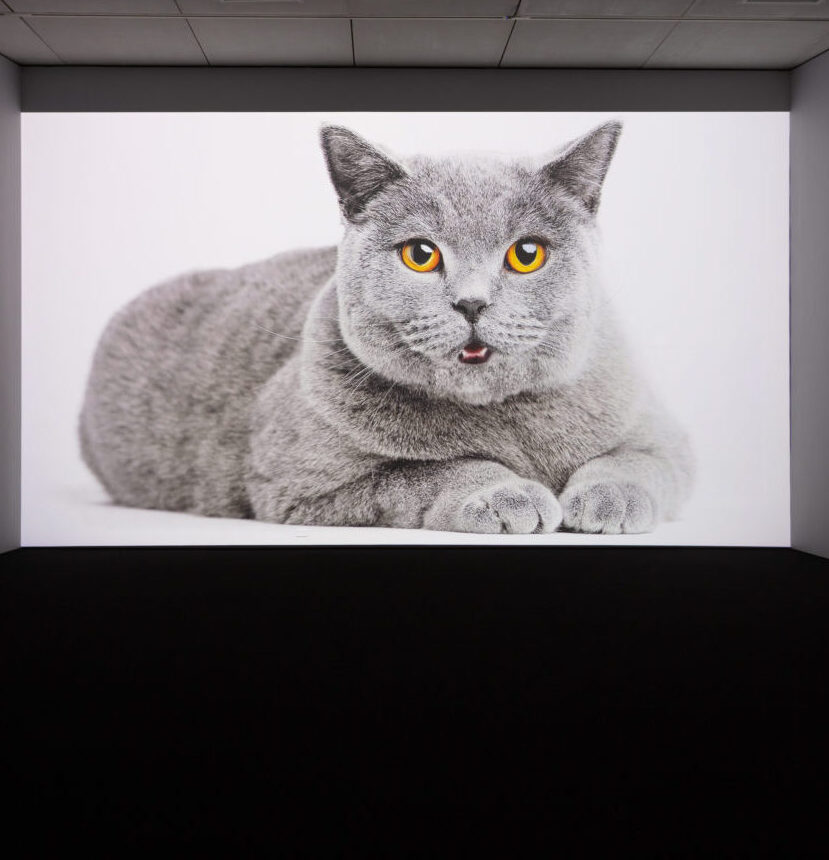
At the same time as her artistic and poetic experimentation, Barbara began to discover the writings of Walter Benjamin and Roland Barthes. It was through their books that she began to formulate an understanding of the world in terms of the power relations hidden within it. Roland Barthes, in particular, provided her with the theoretical tools necessary to decode the prevailing signifiers circulating in culture. Interpreting language as legislation and seeing discourse as a code-as Barthes described-was not an innocent act, but rather a charged discourse like any other, capable of positioning and subjugating the subject itself. In Barbara Kruger’s practice, the postmodern self became a decadent entity, a fragmented self whose identity was constructed through representation. As a female artist working in the predominantly male art world of the late 1970s, the question of female identity and its construction and manipulation through patriarchal discourse is in fact her main site of inquiry.
“I am interested in the way our conception of the self is too often mediated through other channels. The ideal of the self then becomes only a construction.”
For further information serpentinegalleries.com
